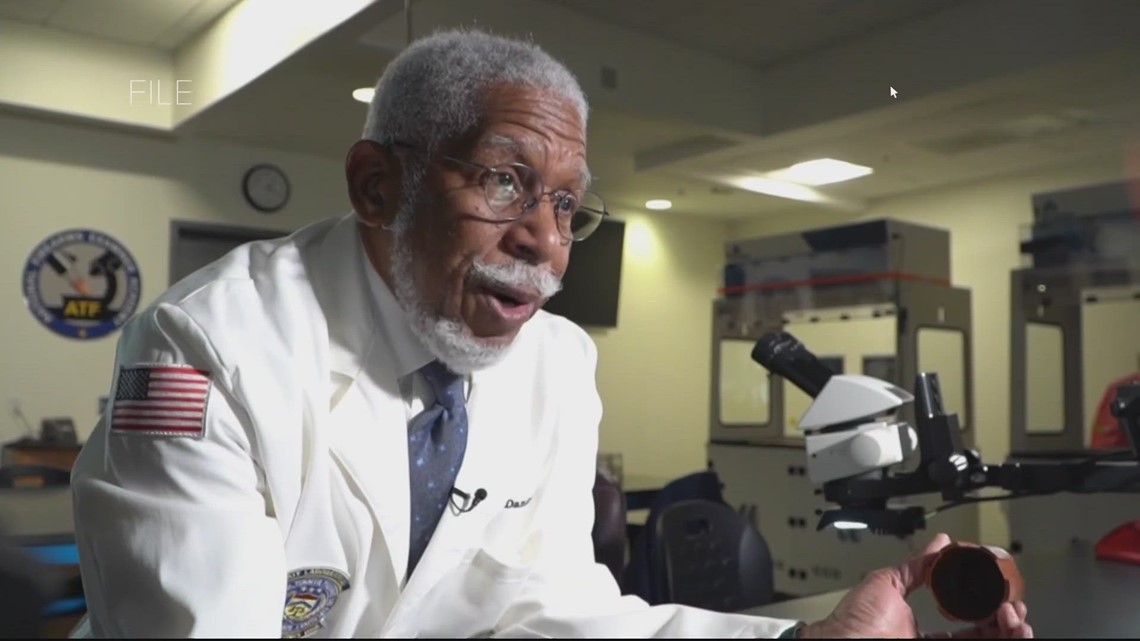i always thought the whole, bullets being like fingerprints thing, didn’t make sense.
i could see them narrowing down the type of gun… but not the exact one…
especially since they’re regularly disassembled, cleaned and oiled…Most forensic science is not reliable.
It’s interesting how much of it is junk science.
They can allegedly match the rifling marks left on bullets to barrels, but if you think about it, the barrels of thousands of guns are probably machined with the same tools, using the same drill press or whatever to make the barrels hollow and cut the rifling into them.
Also matching a caliber could be tricky since there are numerous cartridges that use an approximately 9mm sized bullet (among others). For example a 9x19 standard 9mm cartridge uses a .355" diameter bullet, and a .380 Auto bullet is .355" diameter, and a 38 Super bullet should be .356" diameter, and a 38 Special bullet should be .357" in diameter, and a .357 Magnum is .357" in diameter. But if those cartridges were loaded with solid lead bullets instead of copper encased bullets, they should be sized .001" larger in each case. And then they are being forced down the rifled barrels at extremely high speed and pressure and temperature. Lots of room for mixups
“There was a study called Ames 2, and what that study found that when they tried to reproduce the opinions of one examiner versus another examiner, they found that over 50% of the time, the second examiner came to a different conclusion on the same evidence than the first examiner,” Gilleran explained.
Yeah, that’s pretty damning.

